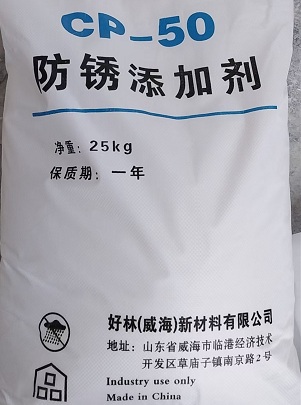No hiding anymore! The chloride ion content of Million Chemical's tricarboxylic acid is surprising
In the previous text, we mentioned that the chloride ion content of tricarboxylic acid, CAS Numbe 80584-91-4, is very low. Today, we will explore the sulfate ion content of tricarboxylic acid.
The introduction of inorganic ions is inevitable in the production of organic tricarboxylic acid, but, is there a hard core tricarboxylic acid that not only has low chloride ions but also lacks sulfate ions? No need to hide, Million Chemical has really achieved it. In the previous article, we used a high-end SGS testing report to prove the problem. This time, let's do our own DIY experiment:
Experimental method: Take 1 part of tricarboxylic acid and add 9 parts of distilled water to prepare a white suspension. Stir thoroughly and sonicate for more than 10 minutes if possible (this step is to dissolve the ions in the tricarboxylic acid as much as possible into the water). Use a precision filter to remove solid materials, leaving behind a clear and transparent filtrate. Take another 60 grams of filtrate and add 4.5 grams of 10% barium chloride solution. Take 60 grams of filtrate and add 4.5 grams of 10% barium chloride solution to the blank reference sample. If sulfate ions are present, they will form a white precipitate with barium ions in barium chloride.

As shown in the figure, we can see that Million's CP-50 is in a transparent state, just like the blank sample. The products from right one to right two appear turbid, indicating that they all contain sulfate ions that have reacted with barium chloride. The experimental results demonstrate that CP-50 does not contain sulfate ions.
So, the question is, what impact do sulfate ions contained in tricarboxylic acids have on the cutting fluids?
The impact of sulfate ions on cutting fluids:
1. Reduce the ability to resist hard water:
*Sulfate ions react with cations such as calcium and magnesium in cutting fluid to form insoluble precipitates (such as calcium sulfate, magnesium sulfate, etc.).
*These sediments will block the circulation pipeline of cutting fluid, affecting its performance, especially its ability to resist hard water.
*Hard water resistance refers to the ability of cutting fluid to maintain its stable performance in water containing hardness ions such as calcium and magnesium.
2. Sulfate ions increase the inorganic content of the cutting fluids system, improve conductivity, have adverse effects on rust prevention, and have a negative impact on the compatibility of the formula.
3. Promote bacterial growth:
*Products containing sulfur are more likely to become breeding grounds for bacteria, as sulfate ions may serve as a source of nutrition for certain bacteria.
*The growth of bacteria can cause the cutting fluid to deteriorate, produce odors, and even damage processing equipment and workpieces.
*Therefore, cutting fluids without sulfate ions usually have better stability and longer shelf life.

The tricarboxylic acid (CP-50) prepared by Million Chemical has the characteristics of low chloride ion content and no sulfate ion. This gives it better resistance to hard water and longer shelf life. Through comparative experiments, we can clearly see the impact of sulfate ions on product performance. Therefore, when preparing industrial products such as cutting fluids, it is advisable to choose raw materials that do not contain sulfate ions as much as possible to improve the stability and service life of the products.












